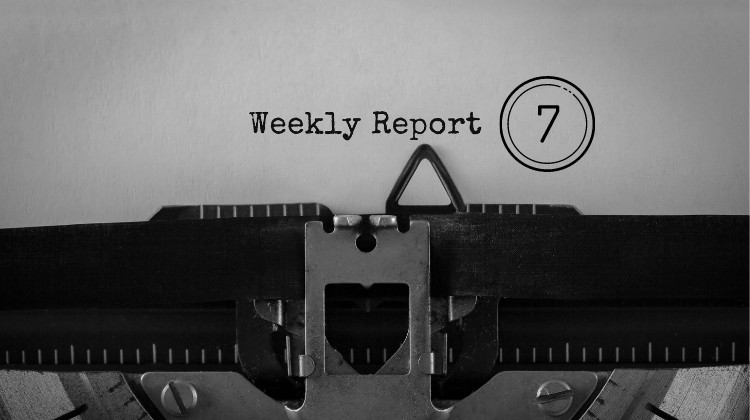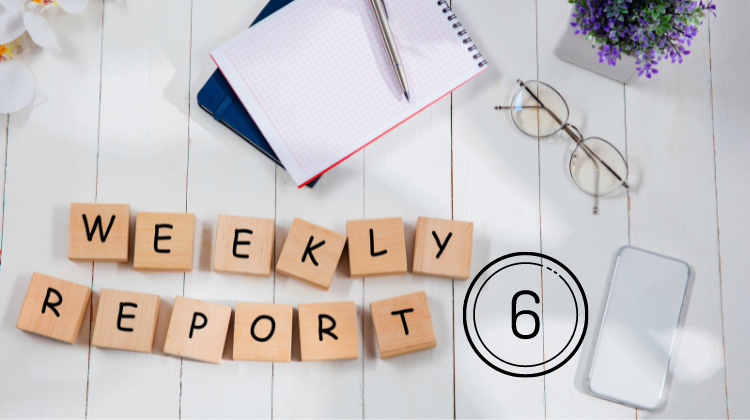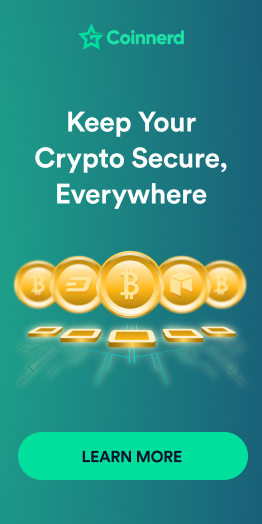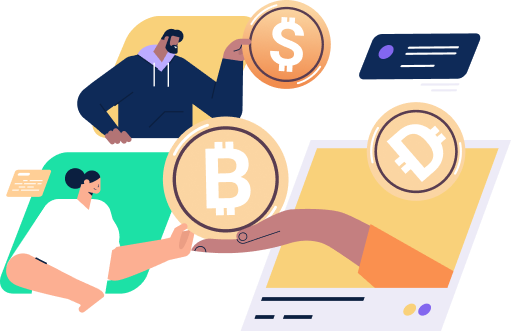How to Create an NFT: A Guide to Creating a Non-Fungible Token
NFTs have gained momentum in the art world over the last few months or so. Being more than just a fad for the rich and retiring, NFTs have also become a tool for digital artists to secure their works. These artists use NFTs to sign their creations, ensuring that they are secure and cannot be plagiarized.
NFTs are also very decent investment assets for people who are looking for some exposure to the crypto market. Nonetheless, if you are interested in knowing how to create an NFT, then we have some details for you. This article will help you as an artist get more information on NFTs, what they are, how they work, and how you can create for yourself without going through intermediaries.
What are NFTs?
If you are a beginner in NFTs, then it is important too, first of all, to understand what they are. Straightforwardly, NFTs are short for non-Fungible tokens. These are blockchain-related tokens used by digital creators to prove digital ownership of digital art.
This art piece could be a video, a drawing, music, a meme, or anything else. The NFT gives these creations actual ownership and makes them unique from other arts. To understand more about this, there are a few vital things you should know and have at the back of your head because they will help you succeed as an artist or art collector in the digital art revolution.
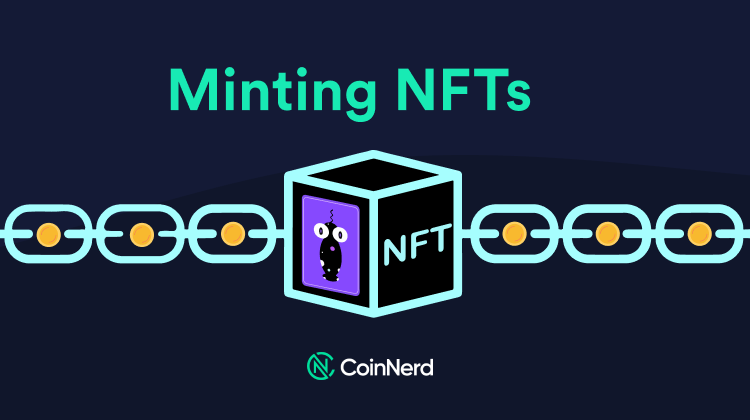
First, NFTs are built on the blockchain. The blockchain acts as a ledger. It keeps all the records of the crypto and NFT transactions made through it. Each NFT is stored on the blockchain with an identification code known as metadata (data about data). This identification is what makes each NFT unique.
NFTs, by virtual of being unique digital signatures that can be publicly verified, are the best way to mark and control digital assets. NFTs are not as many in as cryptocurrencies right now because one artist can only produce one each.
Therefore, these tokens offer the best way to control the supply of digital art, making sure they don’t overflood the marketplace. Because of this, the prices remain higher in the NFT marketplace because the demand is also high.
Also, please note that NFTs act as digital receipts. For art collectors, NFTs are considered a digital equivalent of a real receipt. It acts as a signature, helping digital collectors avoid forgery and scams.
How Do NFTs work?
Understanding how NFTs work is also vital to both the artist who makes the digital art and the collector. When an artist chooses to mint their work and turn it into an NFT, all it means is that they have turned it into a digital collector’s item.
NFTs need the creation of digital tokens through a method known as cryptography. The process of creating these tokens is known as minting. It is also important to keep in mind that minting NFTs requires you to pay for smart contracts by using cryptocurrencies like ETH.
Minting mainly involves executing a code and storing it on smart contracts which conform to the ERC-721 token standard. Ideally, this is how digital scarcity is created.
This is how NFTs work. They make an artist’s work original and attribute it to them only. The same case applies to the buyer of the NFT. Once they have bought these tokens, the NFT belongs to them permanently even though it still has the artist’s signature.
To explain this, let’s take an example. A simple one is when someone buys an APPLE product. The product becomes theirs but the signature APPLE remains embedded in the product.
It is also worth noting that most NFTs are created or minted and kept on the Ethereum Network. The smart contracts manage the transferability of the NFTs when it is sold to the buyer.
Why Have NFTs Become Popular?
The popularity of NFTs has largely grown due to media hype and the availability of the technology needed to make the industry work. In the NFT world, smart contracts are at the center of quite literally everything. These contracts allow the blockchain to store information securely and transparently. This makes the idea of managing ownership of the NFTs quite simple. As such, more and more people find that the barriers to entry into the NFT space are very small.
Besides, the security that NFTs offer means that digital creators can benefit from their work. Remember before minting an NFT, you can only enjoy owning a digital creation but it’s very difficult to sell it. This is because no one can verify you own that piece and besides, digital art can be duplicated so easily.
However, once an NFT is minted and attached to digital creation, its ownership is now verifiable. This means that you can easily sell that art and transfer the ownership to the buyer through the NFT.
The NFT ecosystem has been experiencing a bubble over the last few years partly because of the crypto craze as well. However, the primary technology driving NFTs lies in their ability to prove and track ownership. This is a unique part that collectors, buyers, and artists appreciate, which is why NFTs continue to gain popularity over time.
NFTs are also popular because they represent real-world objects like art, images, videos, music GIFs, and collectibles like CryptoPunk and others. It is also easy to buy NFTs because it is popularly bought using the cryptocurrency ETH. This is the native token for the Ethereum blockchain. You can even buy NFTs in dollars. Nonetheless, all the records will be kept on the blockchain. This helps secure the property against forgery and stealing.
In general, many people enjoy NFTs because they allow them to make programmable digital collectibles or art. NFTs have also turned ordinary folks into millionaires since some have sold for a lot of money. These sales have also received a lot of media coverage. As such, the idea of NFTs has been highly popularized.
How to Create an NFT: Beginners Guide
Many people want to know how to create NFT art, especially after its recent explosion on the world scene. Unfortunately, many who desire to understand how to mint NFTs are in it for money and not for the fascination that comes with minting. However, some simply want to become part of this ever-growing community and more.
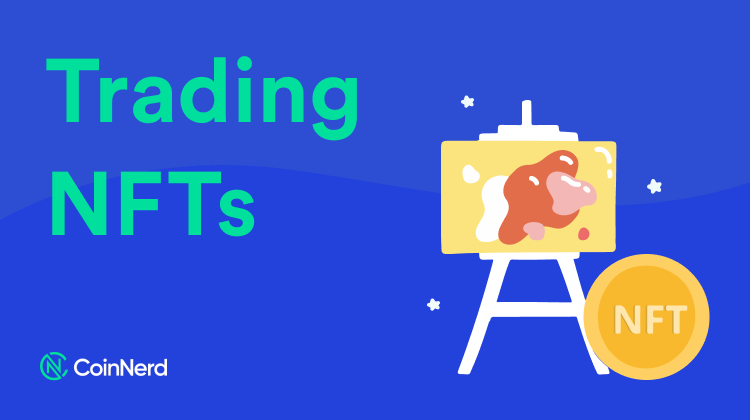
Whatever the reasons you have in mind, this guide will help you create an NFT art right from scratch. Please note that having digital work is not enough to make the NFT. This is because NFTs are built on the blockchain before they are attached to a certain digital creation. The following is however a simple guide on how to mint your first NFTs.
Choose Your Blockchain
The blockchain is the heartbeat of NFTs. Therefore, it’s good that you choose the correct blockchain before getting into the NFT craze. There are different blockchains in the ecosystem that you can use to create your NFT. But despite this, the most commonly used blockchain for creating the NFTs is the Ethereum chain.
But the chain has its fair share of challenges. The Ethereum blockchain for example has become expensive in terms of gas fees (transaction fees). Additionally, the blockchain also has a huge energy consumption and low scalability. Because of this, many artists are considering changing into the polygon network, an ETH2 scaling solution. It also offers lower gas fees and fast transactions.
Other blockchains include Solana, which is similarly very fast and enables cheaper transactions. Its mainnet is, however, on beta, which is less decentralized.
Setup Your Crypto Wallet
You will need a crypto wallet for storing both your crypto and NFT art. However, an important thing to keep in mind is choosing the right wallet and compatibility with your NFT marketplace. The crypto will help complete your transactions successfully
There are two major types of wallets. The first category is the Hot (software) wallets that help you keep your NFT art online. You are also free to choose cold (hardware) wallets which are mostly offline. As for folks who would love to use software wallets, some of the more common options include MetaMask, Trustwallet, and the Coinbase wallet.
Buy Crypto from an Exchange
Most of the NFT marketplaces require you to pay the gas fee before minting. This requires you to buy enough cryptocurrency from exchange to cover the cost of transactions. The crypto must also correspond with the marketplace but there is a way around this.
For example, if you are selling NFTs through the polygon network, the crypto to buy would be MATIC, its native token. But what if you have Ethereum (ETH)? Well, you will need to use a bridge, a connection that will enable the transfer from one chain to another. In this case, the bridge will allow you to convert your ETH into MATIC. Be careful however not to send your cryptos to the wrong address because you may never recover them.
Creating Your First NFT
After meeting all the above requirements, you can create your NFT art. Anyone can create all kinds of NFTs, including Digital Art, music, and collectibles. However, you need to know what methods you can deploy to create your NFT. Here are some of the most commonly used techniques:
No Code Method
This is the best method used by many NFT artists to create simple NFT art on the NFT marketplaces without the need for coding skills. OpenSea and Rarible are the best options for you in this case. In terms of all-time sales, Rarible is the outstanding marketplace and the leading one too.
The NFT marketplace also supports adding properties and unlockable content like high-resolution files and behind-the-scenes videos onto your NFTs. Another feature that makes the marketplaces suitable for minting your NFTs is lazy minting, a feature that helps you mint without any upfront fees.
The buyer pays for the minting transaction fees when buying the NFT. You can also use the Nifty kit to mint directly on Polygon and ETH chains. You must always make sure your wallet is connected to the NFT marketplace and topped up with crypto before you start. How do you do this? Here are some steps:
- Go to the NFT marketplace you chose and click the connect button on your right-hand corner.
- Select the wallet and permit both accounts to connect.
- Click connect and accept the platform’s terms of service.
- You can now create the NFT and choose to either make a single copy or multiple copies of your NFT.
- Finally, upload the file you want to mint and you are done.
The Developer Method
Developers are necessary if you need to develop NFT art that is generative. If you don’t know how to do that, you can hire an artist to help you do the work.
The developers use algorithms to create unique artworks from source works and create constraints with tens of thousands of combinations.
The developer will also help with a complex smart contract project, especially during purchase. Examples of these difficult NFT arts include Bored Ape Yacht Club or Galaxy Fight Club and others.
You can get a developer on freelancing websites like fiver and Upwork and hire one for your need. Watch out for scams, especially for the NFT industry.
How to Sell and Buy NFTs?
The selling of NFTs has two possible options. The first one is the fixed price that gives the users specific prices for their NFTs. The other is the auction method.
Selling NFTs is a very effortless process. However, there are two main markets where NFTs are sold. The first is the primary market. The primary market refers to the first sale of the NFT. The secondary market on the other hand is the resale of the NFT.
For collectors, all selling is secondary, and all they need to do to sell is to have an account on the NFT marketplace, a crypto wallet connected to the marketplace account, and the amount of crypto to be used for transactions.
The creators go to the profile of the account on the NFT marketplace and select the NFT they would like to sell and click on the list of sales buttons. They will be directed to a pricing page to choose conditions of sale (setting fixed-price or Auction).
In case they need to start an auction, they need to specify the type of auction as supported by the NFT platform (English, timed, or Dutch Auctions).
Buying NFTs is mainly considered a way of increasing social capital, including forming social links. When collectors buy NFTs, they purchase something unique and scarce. They do not own the copyright to the NFT art. They only own the asset as recorded on the blockchain when they buy.
Buying of the NFTs takes place on the NFT marketplace. Marketplaces differ in standards and accessibility. Prices when creating NFT will also differ from one marketplace to the other. However, veteran buyers always select a marketplace with a specific type of NFT they want to buy. NFT marketplaces you can choose from when purchasing include OpenSea and Rarible.
NFTs can also be bought through NFT drops, where collectors wait for one of the drops and try their luck in buying after the announcement is made. The drops are sold in seconds and mainly require the collectors to have registered with the particular NFT platform.
Some NFT platforms require that one uses a fixed price option. The sale is fixed, and buyers buy according to what has been offered. Fixed pricing is often seen as the best choice and easiest solution for collectors since they don’t need to depend on auctions and drop times.
Avoiding NFT Scams
The NFT industry has also been hit by several scams, which have seen millions of dollars from users lost to scammers. Being a young and thriving industry, it is prone to swindlers and fraudsters. How then can you be able to avoid these scams? You need to identify where they come from.
Scams from projects are the most common ones. These scams come from the creators of projects who will promise you the world. A good example is the Rug pull. The new projects are introduced, made public by trustworthy figures like celebrities, sold at a high price, and later abandoned by the creator who makes off with quick money. These are some tips you can use to avoid such scams:
- Do your due diligence and take time to research before engaging in the offerings.
- Do not open files from senders you know nothing about.
- Be on the lookout for giveaways. Not all are genuine.
- Avoid giving your crypto wallet seed phrase (private key) to anyone or any company, whether they are genuine or not.
NFT Storage and Security Tips
Storing your NFTs in a secure place is very important, especially if you plan to hold on to them for long. The question is, where is the best place to store your NFTs? There are various options that you can explore as an NFT holder. Here is a list of some of them.
Using Software Wallets. This includes MetaMask, Trustwallet, and many others. All you need is to keep your private key safe, but also keep in mind since it’s online, it can be hacked.
InterPlanetary File System. IPFS stores your NFTs off the blockchain. It is the best option that can help you avoid hacking problems thanks to its content Identifiers (CIDs).
Hardware wallets. These are never hacked unless exposed online. Storing your NFT here offers you excellent security. Some of the hardware wallets include the Trezor ledger or the Nano S.
Significant NFT Sales in Recent Months
The revolution within the NFT creative industry and its growth has caught the eyes of so many. In 2021 for example, NFTs have sold for millions of dollars. The significant NFT sales in recent years include.
- Beeple-crossroad. This piece of art quickly became a meme and was initially minted in 2020. The piece was later sold for $66 million (4400 ETH). Further, in 2021 it found a new home sold for $69 million.
- CryptoPunk #8857. The NFT was sold for $6.6 million (2000 ETH) in 2021.
- Ringers by Dmitri #109, which was sold for $7.1 million (2100 ETH) in 2021, has almost seen $100 million in all-time secondary sales.
- CryptoPunk #7804 was first sold for $7.6 million (4200 ETH) in 2021, and its total secondary sales are nearing $17 million.
Top Three NFT Marketplaces
There are several NFT marketplaces that you can use to create, sell, and buy NFTs. These marketplaces are well-known and reputable globally. The following is a full list:
- OpenSea. OpenSea is the leading and the largest NFT marketplace globally. It has all the Niche NFTs you would need or want. It was also one of the first NFT platforms to launch.
- Rarible. Rarible is also among the top NFT marketplaces, perhaps the leading NFT platform for all-time sales.
- Axie Infinity. This is the leading In-game NFT marketplace that has been heating up in recent months. There is also a native AXS token that is used within the Axie Infinity ecosystem.
Final Thoughts
The Future of NFTs is very bright especially now that the idea of digital collectibles is catching on. But some questions and concerns are being raised on the stability of the NFT industry.
Being a young industry, the journey is starting, and along the way, there might be rough roads. But even with these challenges, many analysts foresee the industry as a trillion-dollar market. Besides, many have joined the NFT craze as well.
* We hope this information will help you in your investment process, but this is not investment advice. Every investment carries risk, especially in this industry, so DYOR before making a decision.



